
S&S Cycle has chosen to lead the way for the American V-Twin industry as it charges into the future. Mounting challenges — including larger, more powerful engines and ever-tightening federal and state, tailpipe and noise regulations — have made the Midwestern high-performance engine manufacturer rethink the way it does business.
In an era where bigger is better, many V-Twin customers just can’t seem to get enough. Their love for big 45-degree V-Twins has pushed many engine designs to the limit. These motivating factors have compelled S&S Cycle to design and build an entirely new family of engines dubbed X-Wedge.
The year was 1958 when George J. Smith, Sr. joined forces with Stanley Stankos and founded S&S Cycle Equipment. Leading up to the partnership, Smith was a well-known motorcycle racer and mechanic, beating all comers on many of the Chicago area’s dragstrips. If he wasn’t working or racing his own motorcycle, George Sr. was helping other racers get the most out of their machines. Smith was also interested in land-speed racing, so in 1954 he loaded up his highly modified Knucklehead and made the trek to the legendary Bonneville Salt Flats to try his hand at setting a record. The record he set in 1954 would be the first of many he would be involved with in the subsequent decades.
That humble beginning is a far cry from what the small Midwestern company has evolved into. These days, S&S Cycle (the company’s current name) is best known from coast-to-coast as the premier manufacturer of high-performance, large cubic-inch V-Twin engines. While the first three and a half decades of the company’s existence saw a multitude of parts designed to make Harley-Davidsons go faster, it wasn’t until 1994 that S&S Cycle offered a complete engine package to its customers. This was in large part due to the need of original equipment manufacturers (OEMs) such as Big Dog Motorcycles, American Iron Horse, and Indian, to have large-displacement, powerful engines for their bikes. Current production estimates put the number of engines needed to meet this demand between 8,000 and 9,000 units annually.
In these days of mega corporate mergers, multi-million-dollar executive compensation packages and companies moving factories offshore, it’s refreshing to see one that still exudes good old American values. Brett Smith (grandson of George J. Smith, Sr. and son of past president George Smith Jr.), current president of S&S Cycle, is the latest family member to guide the company. Brett’s experience as a graduate of West Point and University of Chicago’s Graduate School of Business, as well as his street smarts, will come into play as he navigates the Viola, Wisconsin-based company through the current challenging business climate.
Gone are the days of easy money. Thousands of customers with fistfuls of cash ready to spend it on just about anything custom with two wheels have been replaced by fewer, far more discerning consumers looking for more value for their hard-earned cash. Add to that the ever-tightening governmental regulation at both the federal and state levels, and the young Smith has his work cut out for him. Is this to say business is bad? To the contrary, S&S Cycle is experiencing some of its most productive years ever.
Back when Brett joined the company in 2002, he already had a sense of what the future would bring by way of tighter emissions and noise level controls. These yet unknown regulations would have a tremendous effect on the future of the company. S&S needed to come up with a plan that would address the concerns of both the Environmental Protection Agency (EPA), and the California Air Resources Board (CARB), all while satisfying the needs of its OEM customers and custom motorcycle builders.
After much research into the possibility of taking S&S’s then current engine models into the future (currently these models are 49-state legal), it was decided that the best way to address subsequent years production was to design an entire new engine family that would serve S&S and its customers for years to come.
While governmental compliance was high on the list, S&S knew better than anyone (except for maybe Harley-Davidson) just how important it was to center the design of the new engine around three important themes. The proposed powerplant needed to have a direct connection to the past. Trying to sell an engine to its customers without features such as a Vee configuration, pushrod-actuated valves and air-cooling would be tantamount to corporate suicide.
Another major issue the project would have to address was the proliferation of big-inch motors. While S&S certainly has its share of large-displacement V-Twins, the current engines are nearing the upper end of their engineered capabilities. As you take an existing design and continue to increase its displacement, you eventually reach a point where certain aspects become a problem, to the point where they begin to detract from the design as opposed to enhancing it.
Based on current designs, S&S realized there were major obstacles it would need to address as it designed its motor of the future. The project’s engineering staff would focus its efforts on five areas they knew were limiting factors as displacement grew in traditional American V-Twins:
- Limitations of a multi-piece crankshaft
- The narrow 45-degree V angle
- Heat dissipation
- Vibration
- Crankcase pressure and oil carryover
A closer look at these hurdles reveals just how each item could be a potential problem. Many performance engine builders and speed junkies alike have contended that the main limiting factor for displacement in a V-Twin is in the construction of the flywheels. Current designs have the flywheel pressed or bolted together. These construction techniques can lead to flex or movement of the assemblies in relationship to one another, resulting in degraded engine performance.
American V-Twins have become synonymous with the 45-degree vee configuration ever since 1909 when Harley-Davidson introduced its first 45-degree T-Twin. Riders of bikes with this style of engine have had a love affair with it. Engines of this design work well when their displacements are kept modest.
The problem with them arises as the displacement increases and the diameter of the pistons and cylinders grow to larger dimensions: You simply run out of room to fit all the components. When smaller displacement V-Twins are at bottom dead center (BDC), the piston skirts are in close proximity to one another, without contact between them. As displacement grows, the skirts can contact one another. Machining the skirts to provide clearance is one way around this issue, but that creates its own set of problems regarding piston-to-cylinder fitment, elevated noise levels, excessive wear and piston ring issues.
Adequate cooling has long been an issue with air-cooled engines. Unlike a liquid-cooled engine, which operates in a tight temperature range, an air-cooled engine is at the mercy of many factors. These include but are not limited to: ambient air temperature, airflow passing over the engine’s cooling fins, the amount of cooling surface, capacity of the oiling system, and engine speed. By increasing the displacement of an air-cooled V-Twin without a corresponding increase in cooling area, problems arise. As the displacement grows, more heat is generated in the combustion chamber, so if there is not an adequate amount of cooling surface for the cylinder and head to dissipate heat, the motor will run hotter than desired. An additional downside to excess heat is that, as operating temperature varies, the engine’s exhaust emissions will vary as well.
Vibration characteristics of American V-Twins have of late been a double-edged sword. Just ask anyone who rides one. One of the allures of this type of engine configuration is the potato-potato rhythmic pulse coming from the exhaust system. This translates directly to the firing pattern of the spark plugs and the accompanying position of the pistons, rods, and crankshaft. In smaller displacement engines, the related vibrations are welcome, but as displacement grows, and the weight of the reciprocating mass increases, vibrations increase as well and can become undesirable and, in some circumstances, outright uncomfortable.
An ongoing issue for many years with V-Twins is crankcase pressure and oil carryover. As the engine goes through its cycles, air inside of it becomes pressurized due to the downward movement of the pistons. This high-pressure air needs to find a way to escape from the crankcase. Much of this air mixes with engine oil and forms a mist, which collects in the rocker box area. This phenomenon is referred to as carryover. Once in the boxes, the mist needs to be vented, normally back into the intake tract through some sort of a breather system.
With all these obstacles in the way you might ask yourself how is it that these current engines even run? Well, it’s not that bad, but when you look at the possible problems facing S&S’s engineers, it only made sense to start from square one and come up with a new design that would avoid these potential issues. Thus, the X-Wedge engine program was born.
Not only would S&S design an engine to meet the future emissions and noise regulations, it would consider and address all of the limiting factors of current designs as it contemplated the new X-Wedge. At the time of the project’s inception, the EPA was still determining what future requirements motorcycle and engine manufactures would need to meet. S&S was confident that by the time it came to testing and regulatory compliance, the new engine would be able to pass muster.
Without going into all the minutia of engine certification under the jurisdiction of EPA, suffice it to say the process is very involved and detailed in nature. S&S was ready for whatever hoops and hurdles it needed to jump through to build a compliant engine for the changing industry. Based on engine models that predate the X-Wedge, S&S has three different engines that comply with current EPA regulations. They are all carbureted, single-cam designs available in the following sizes: 96-inch, 113-inch, and 124-inch. S&S is confident that these configurations will be available for quite some time as they meet current standards. In addition, there are still fuel-injected versions of these displacements that can go through the certification process as well.
Engineering for the new engine began late in 2002. Within the span of just 12 months there was a prototype design ready to be built. December of 2004 saw a working prototype known as Fred to those involved with the project. By the spring of 2005 S&S produced the first X-Wedge prototype that would find its way into a chassis (appropriately named Wilma) that would be used as a test bed for the new engine. By the spring of 2005, Fred was undergoing some serious testing. Between the on-road version that crisscrossed the Wisconsin countryside, and two separate dyno test regimens, the program was moving forward at a fast pace. One of the main concerns was that the new engine be bulletproof – without a proven, reliable design there was no reason to proceed further with the project. One of the dyno testing procedures simulated operation of the engine at 3200 rpm for a total of 800 hours; the other ran the rpm up and down from idle to wide open throttle for 200 hours. If there were any design flaws, these tests would certainly flush them out.
Manufacture of the X-Wedge would bring into play many components and designs garnered from the automotive industry. Some of these new pieces would be introduced to address design limitations of previous parts. Others would find their way into the design based on millions of miles of proven reliability, and cost effectiveness.
Another aspect of the engine design is the ability to create an “Engine Family” that allows for a range of different bore and stroke combinations. The X-Wedge utilizes the same configuration, meaning it can be set up for different displacements ranging from 110 inches to 139 inches. Cylinder bores will range from 4.125 to 4.500 inches, while stroke length varies between 4.125 inches and 4.375 inches. The beauty of this is that once the family of engines is produced it will be compliant with current EPA regulations (at this point the EPA has not released emission or sound level requirements beyond 2010), as are the 49-state V-series engines already available from S&S.
To clarify this point, it should be understood that compliance deals with not just the engine itself but with other issues, which affect total emissions output. Items such as final gearing, and exhaust backpressure is also used to determine compliance in conjunction with the engine. This is an important point if you are considering building a one-off custom. By purchasing an X-Wedge then building a bike within the specifications set forth in the X-Wedge’s certification (i.e. S&S Closed-Loop Variable Fuel-Injection System, gearing and exhaust back pressure specifications), your motorcycle will be compliant with current EPA standards. This will allow you to build multiple one-offs without having to deal with the “one bike a lifetime” requirement set forth in recent EPA regulations.
Configuration of the X-Wedge is a departure from the engines S&S has historically produced. The major difference both technically as well as aesthetically is, instead of being a 45-degree vee, the angle has been opened up to 56.25 degrees to address concerns of space limitations. Just where did the 56.25-degree figure come from, you might ask? The answer is not quite as technical as you might think. Current S&S designs utilize a series of 32 milled slots evenly spaced 11.25 degrees apart around the flywheel. These machined bores are part of the trigger mechanism for the ignition system. By adding one more segment to the existing four segments you get a total of 56.25 degrees (11.25 X 5 = 56.25). This approach would save from having to redesign the ignition system. More importantly, this additional 11.25 degrees would give engineers plenty of room to work with as they went from a single cam engine design to one that utilizes three cams.
At the heart of the beast is a major player from the automotive industry, namely a one-piece, forged crankshaft. With the limitations of a multi-piece assembled camshaft known to engineers, they went about looking for a new way to do things. Instead of manufacturing multiple precision pieces then painstakingly assembling them, the new motor would begin with a single forging that would spend multiple hours in S&S’s CNC-machining department. Once the chips stop flying, a beautifully machined 43-lb crankshaft is revealed. When compared to S&S’s existing 117 inchers, the new-style crank weighs in with about 16-percent more weight than before. This massive piece accounts for over 25-percent of the engine’s weight of 163 lbs. In addition to increased strength, this massive piece will help maintain a smooth idle despite the engine’s large displacement.
Not only has the crank itself been redesigned, most components related to it have as well. Automotive-style two-piece connecting rods fit with plain bearings get the call. (Just what is a plain bearing? Akin to a bushing, the tri-metal plain bearings are manufactured from a copper, lead, and tin combination. They contain no moving parts and are able to handle very large loads relative to their physical size.) The tops of the rods are fit with completely new, 3-ring flat-top pistons machined to accept the parallel-mounted intake and exhaust valves.
Keeping with the theme of automotive engineering, the roller bearings that have supported S&S’s cranks in the past have been replaced by plain bearings. Why all the plain bearings, you ask? Quite simply, they work. When compared with roller bearings, plain bearings perform exceptionally well. For over 40 years automakers have been singing the praises of plain bearings when compared to roller-style bearings. They have also been used extensively in the high-performance world helping to make faster vehicles in endeavors such as drag racing and Formula One racing.
Another major departure from current engine design is the use of three camshafts. A major reason for multiple cams is to provide for nearly straight pushrod angles. This is just one piece of the puzzle designed to give greater control and accuracy to the valvetrain. The three large base circle cams consist of a common intake camshaft and two individual exhaust camshafts. With maintenance and durability concerns, engineers made the decision to drive the cams with a toothed carbon-fiber timing belt from Gates. The belt winds its way around four toothed pulleys and three smooth rollers (one of which is the tensioner) located in the cam chest. Unlike chain- and gear-driven cams, the belt-drive system requires no lubrication and operates quite well at temperatures in the 180-degree range. An added benefit is how quiet the system runs when compared to traditional cam drive methods.
Sitting just above the cam-chest are a pair of massive tappet blocks that house the four hydraulic roller tappets and anchor the king-size pushrod tubes. Upsizing of the pushrod tubes was in response to crank pressure and oil system requirements. Gone are oil returns located in the cylinders. The tubes provide for ample flow of oil returning from the top of the engine and air moving from the crankcase, to the rocker boxes, on its way to the vent that culminates in the throttle body. In a departure from adjustable pushrods, S&S has employed one-piece, non-adjustable pushrods. The valvetrain is adjusted the same way as with many automotive applications. Replacing the familiar Z-style rocker arm found in most American V-Twins is a short automotive-style, adjustable roller-rocker with a 1.7:1 ratio.
Head design on the X-Wedge is totally new. The combustion chamber is wedge-shaped, thus the name of the engine. Instead of mounting the valves in the traditional manner, they have been relocated to the right side of the head and are parallel to one another. The 2-inch intake and 1.6-inch exhaust valves are positioned with the valve stems projecting at an angle that leans slightly to the right side of the engine. The combination of the head configuration and forged piston design result in a compression ratio of 9.75:1. This relatively low figure allows the X-Wedge to run well on most pump gas, and precludes the need for compression releases.
Both the heads and the cylinders are secured to the engine cases with a total of 10 mounting studs. Instead of using the customary 4 studs per cylinder, S&S has upped the ante by adding an additional stud to each cylinder, greatly enhancing the strength of the of the overall engine design. The cylinders are of a round design that allows for more even expansion and contraction than other styles. Deep within the highly finned cylinders resides a cast-iron liner attached to the aluminum cylinder in such a way that assures maximum heat transfer and cooling.
Sitting atop the heads is a rockerbox assembly that is non-structural in nature. This design allows for customization of the box itself by allowing OEM customers to come up with a design that will visually enhance the look of their motorcycle. Likewise, the same can be done with the nosecone/cam cover.
When S&S designed the X-Wedge they started out with a totally new set of cases that would allow for fitment of all the new components designed to reside inside and on top. Speaking of which, a new high-capacity, high-pressure, internal gerotor oil pump supplies the engine’s lifeblood as it feeds from the bottom of the case. Other changes in the case include a new engine-mounting footprint. When compared to existing H-D-style cases, the X-Wedge’s mounts sit higher in the front and lower in the rear – this means that the X-Wedge will not fit into a frame designed for an Evo-style or Twin-Cam-style engine. We do know, however, that both Daytec and Rolling Thunder are currently working on a chassis designed for the new powerplant. Although the engine mounts have changed, the X-Wedge will still bolt up to a standard primary drive and transmission.
The X-Wedge is available with fuel injection only; there are no carbureted versions. A 2-1/16-inch throttle body stashed behind the familiar looking S&S teardrop air cleaner handles induction chores. Instead of mounting the fuel injectors traditionally in the intake manifold, they have been relocated to the heads (just above the intake ports) due to space considerations. The injectors are rated at 34.8 lbs/hr @ 3 BAR fuel pressure.
Engine management is performed by S&S’s proven Closed-Loop Variable Fuel-Injection System. The system utilizes an array of sensors such as; a crank position sensor, manifold absolute pressure sensor (map sensor), throttle-position sensor, ambient air temperature sensor, cylinder head temperature sensor and an oxygen probe in each exhaust pipe. Information is relayed from the sensors the electronic control unit (ECU) which analyzes the information and then makes adjustments to the base map (a sort of road map for operation of the CLVFI). The beauty of the system is that as the engine runs, the system makes constant corrections to the base map to ensure the engine is performing at its optimum level.
The X-Wedge will be making its debut sometime in the fall of 2007 in select Big Dog Motorcycle models as well as models from other select OEMs. Customers will be able to purchase the X-Wedge in either a raw finish with polished fins, black finish with polished fins or completely polished. The engines will ship with an S&S oil filter along with four quarts of Mobil 1 synthetic oil. S&S recommends filling the bike with Mobil 1 after an initial oil change at 50 miles. Pricing was not yet available at the time of this writing.
X-Wedge Specifications (117 cubic-inch version)
- Bore: 4.125 Inches
- Stroke: 4.375 Inches
- Displacement: 117 Cubic Inches
- Compression Ratio: 9.75:1
- Cylinder Head: 2 valve Cross Wedge
- Valves: 2.0-inch intake/1.6-inch exhaust
- Pistons: Forged with a 0.927-inch wrist pin bore
- Vee Angle: 56.25 degrees
- Cam Drive: Gates 30mm belt with automatic tensioner
- Valvetrain: Hydraulic roller tappets and pushrods
- Crankshaft: Forged one-piece construction
- Connecting Rods: 7.400 inches, forged split design
- Bearing Type: Tri-metal plain style
- Oiling System: Dry sump with internal gerotor pump
- Induction: 2-1/16″ throttle body
- Fuel Injectors: 34.8 lbs/hr @ 3 bar fuel pressure
- Engine Management: S&S closed-loop VFI
- Engine Weight: 163 lbs


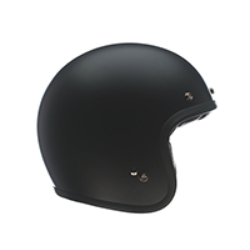

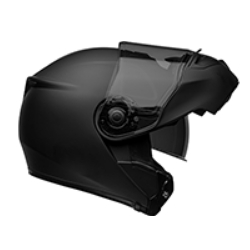

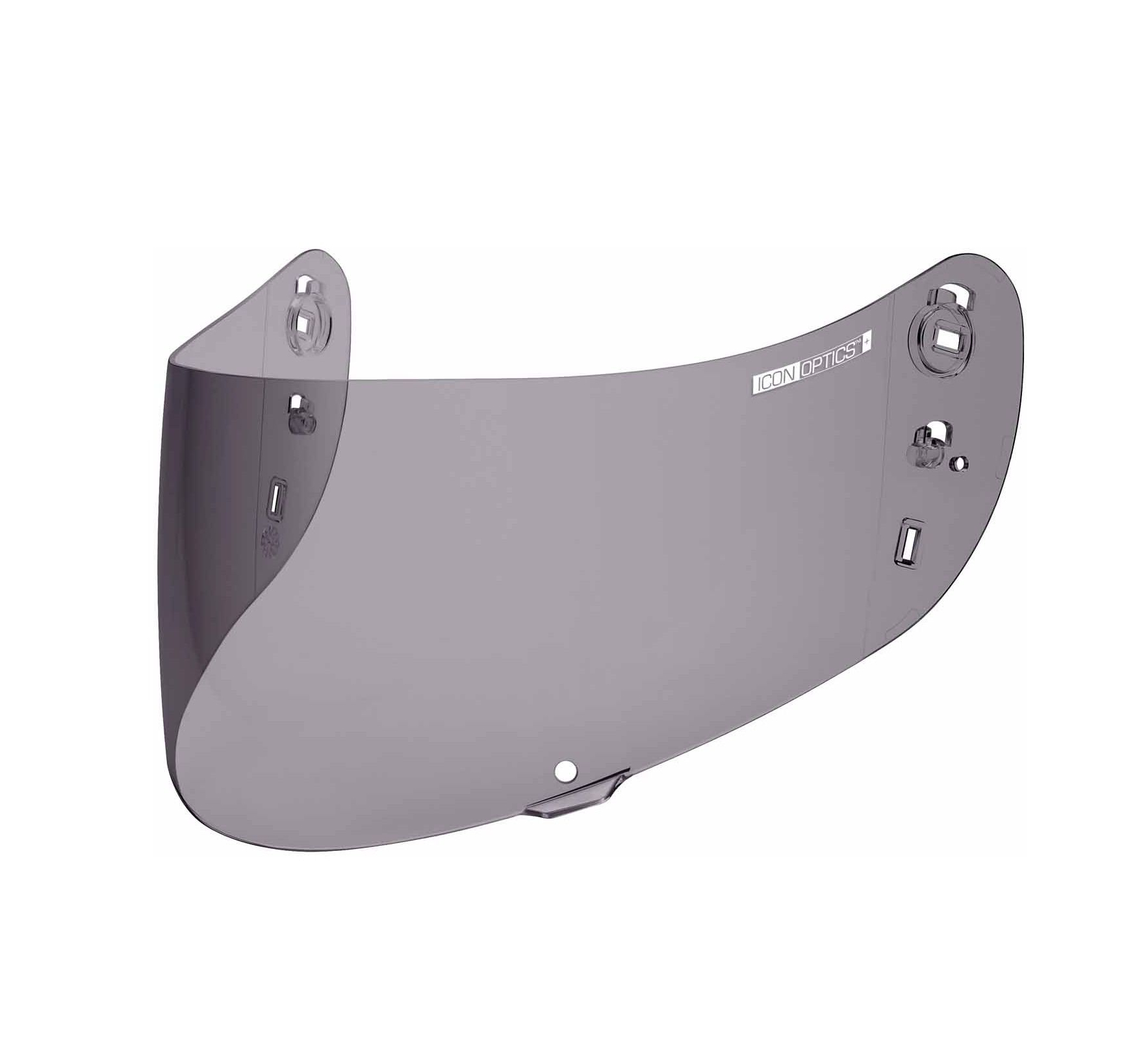
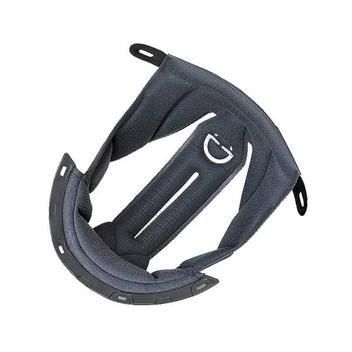
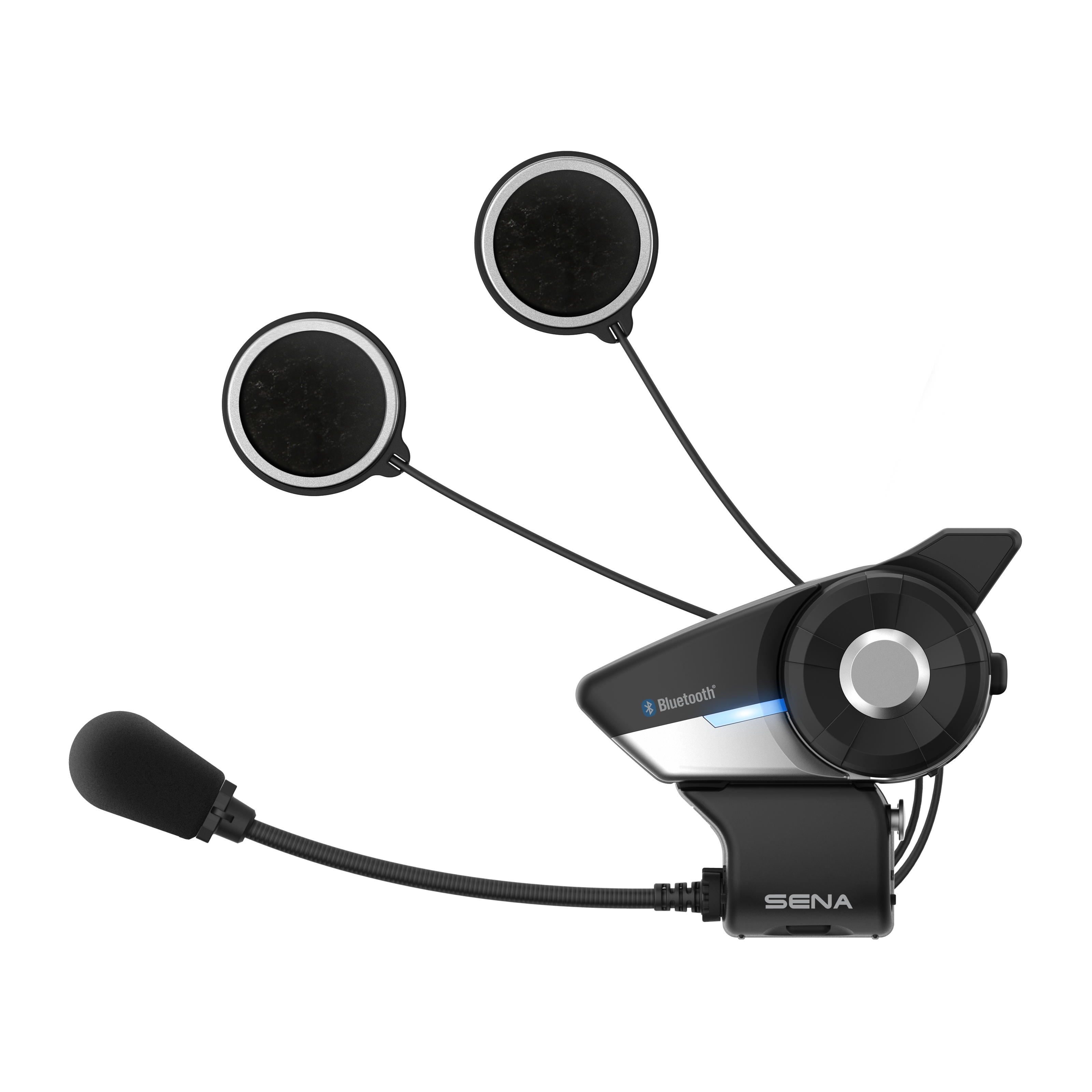


 Membership
Membership



